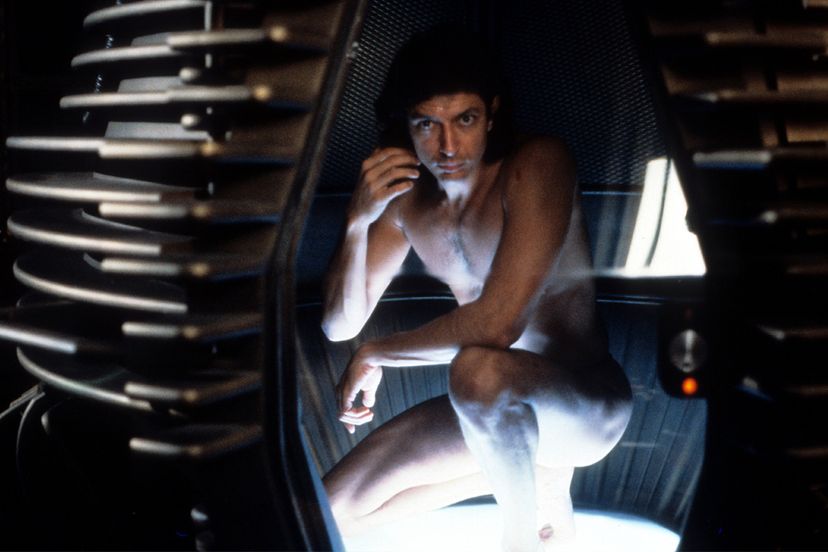Teleportation experiments cause quite the mess in science fiction, producing inside-out baboons, gene-spliced monsters and dematerialized madmen like nobody's business.
In reality, however, the experiments are thus far abomination-free and overall quite promising.
In 1998, physicists at the California Institute of Technology (Caltech), along with two European groups, made IBM's teleportation theory a reality by successfully teleporting a photon -- a particle of energy that carries light.
The Caltech team read the atomic structure of a photon, sent this information across 3.28 feet (about 1 meter) of coaxial cable and created a replica of the photon on the other side. As predicted, the original photon no longer existed once the replica appeared.
In order to carry out the experiment, the Caltech group had to skirt a little something called the Heisenberg Uncertainty Principle. As any boxed, quantum-state feline will tell you, this principle states that you cannot simultaneously know the location and the momentum of a particle. It's also the main barrier for teleportation of objects larger than a photon.
But if you can't know the position of a particle, then how can you engage in a bit of quantum teleportation? In order to teleport a photon without violating the Heisenberg Principle, the Caltech physicists used a phenomenon known as entanglement. In entanglement, you need at least three photons to achieve quantum teleportation:
- Photon A: The photon to be teleported
- Photon B: The transporting photon
- Photon C: The photon that is entangled with photon B
If researchers tried to look too closely at photon A without entanglement, they'd bump it, and thereby change it. By entangling photons B and C, researchers can extract some information about photon A, and the remaining information would pass on to B by way of entanglement, and then on to photon C. When researchers apply the information from photon A to photon C, they create an exact replica of photon A. However, photon A no longer exists as it did before the information was sent to photon C.
In other words, when Captain Kirk beams down to an alien planet, an analysis of his atomic structure passes through the transporter room to his desired location, where it builds a Kirk replica. Meanwhile, the original dematerializes.
Since 1998, scientists haven't quite worked their way up to teleporting baboons, as teleporting living matter is infinitely tricky. Still, their progress is quite impressive. In 2002, researchers at the Australian National University successfully teleported a laser beam, and in 2006, a team at Denmark's Niels Bohr Institute teleported information stored in a laser beam into a cloud of atoms about 1.6 feet (half a meter) away.
"It is one step further because for the first time it involves teleportation between light and matter, two different objects," explained team leader Dr. Eugene Polzik. "One is the carrier of information and the other one is the storage medium" [source: CBC].
In 2012, researchers at the University of Science and Technology of China made a new teleportation record. They teleported a photon 60.3 miles (97 kilometers), 50.3 miles (81 kilometers) farther than the previous record [source: Slezak]. Just two years later, European physicists were able to teleport quantum information through an ordinary optical fiber used for telecommunications [source: Emerging Technology from the arXiv].
Given these advancements, you can see how quantum teleportation will affect the world of quantum computing far before it helps your morning commute time. These experiments are important in developing networks that can distribute quantum information at transmission rates far faster than today's most powerful computers.
It all comes down to moving information from point A to point B. But will humans ever make that quantum jaunt as well?

